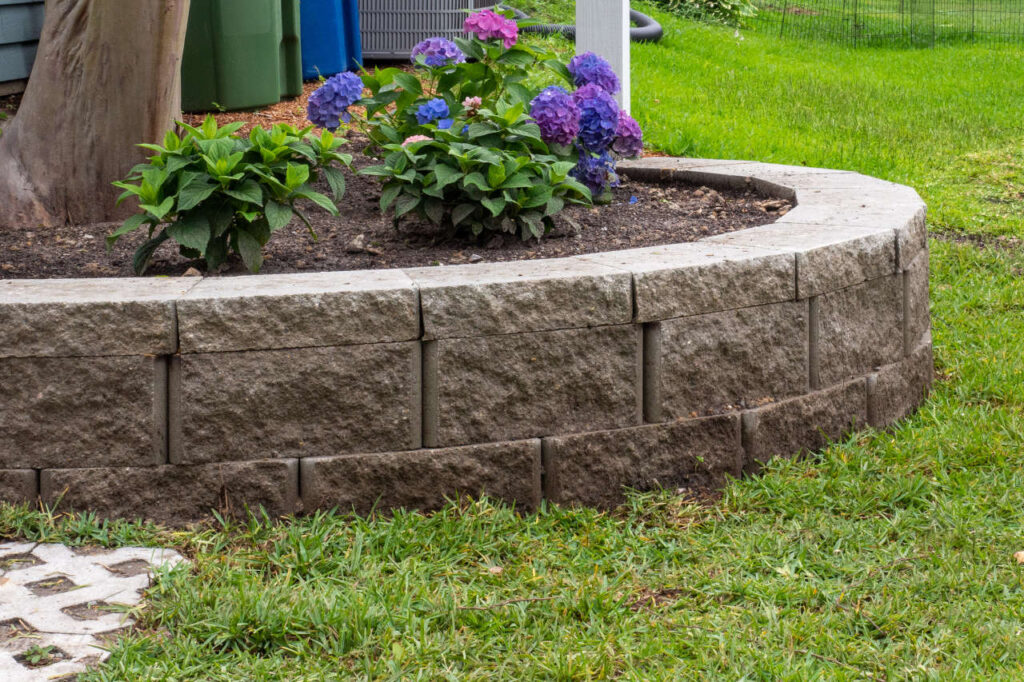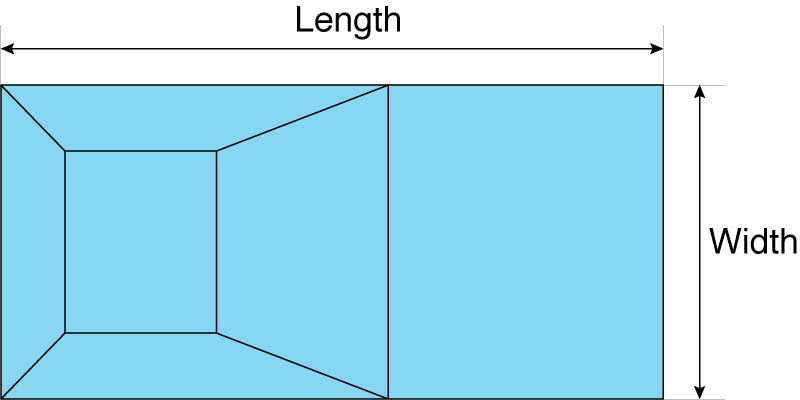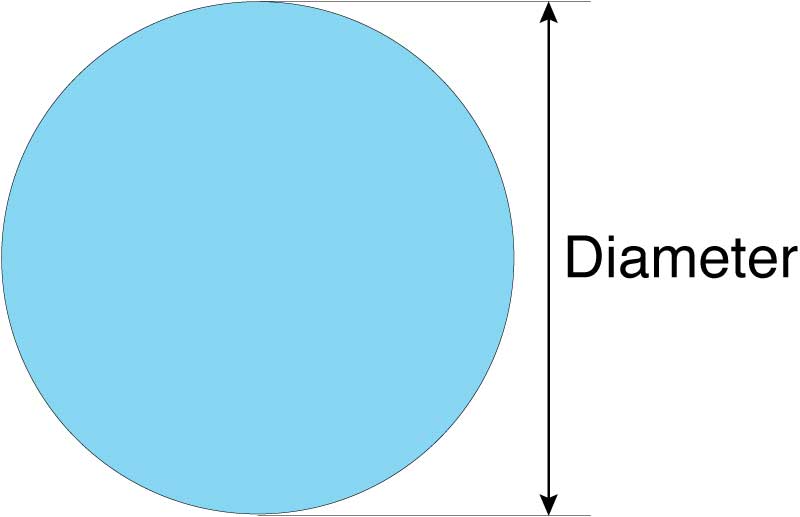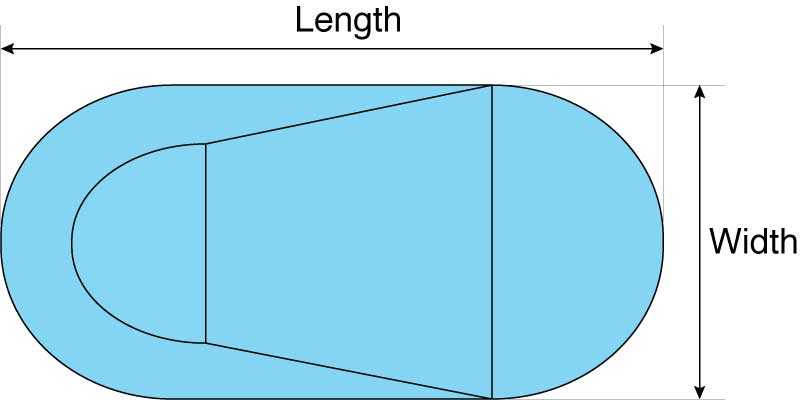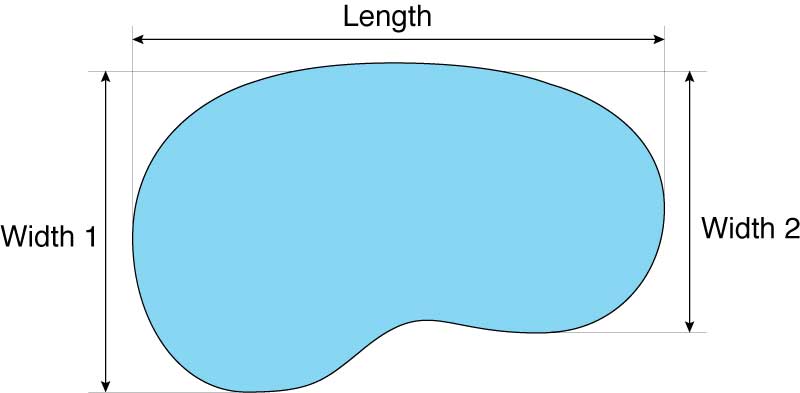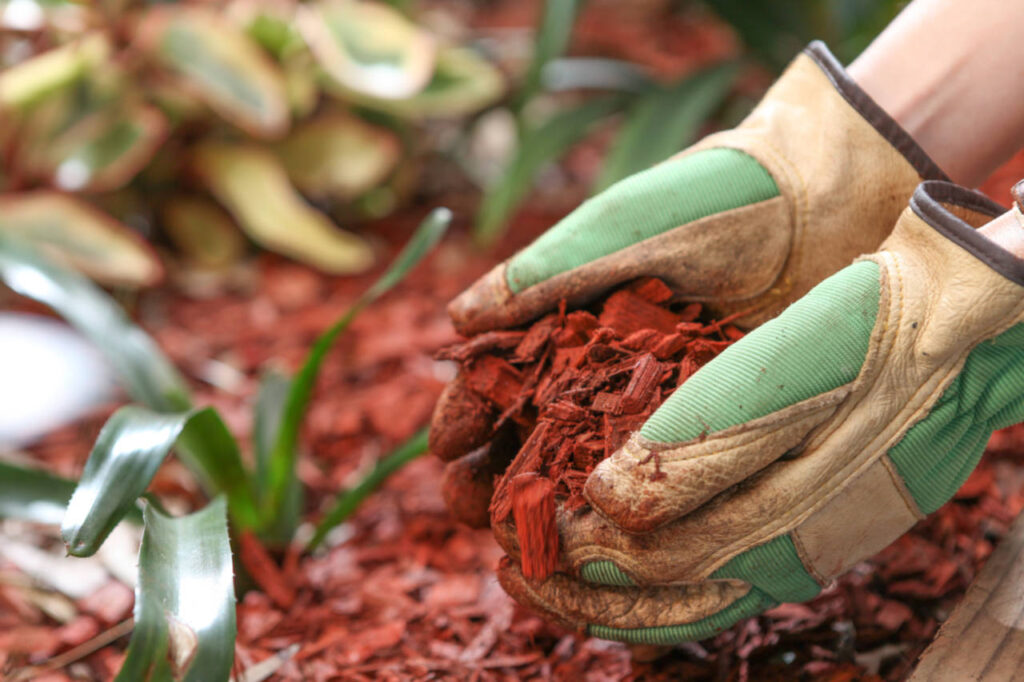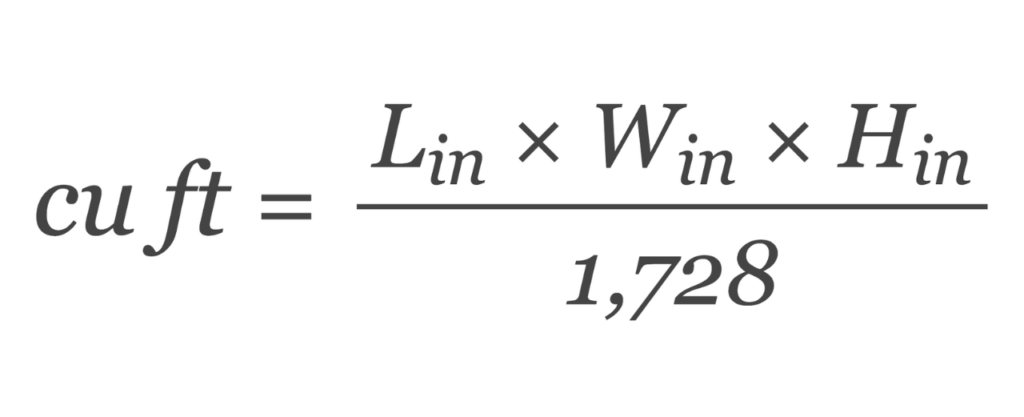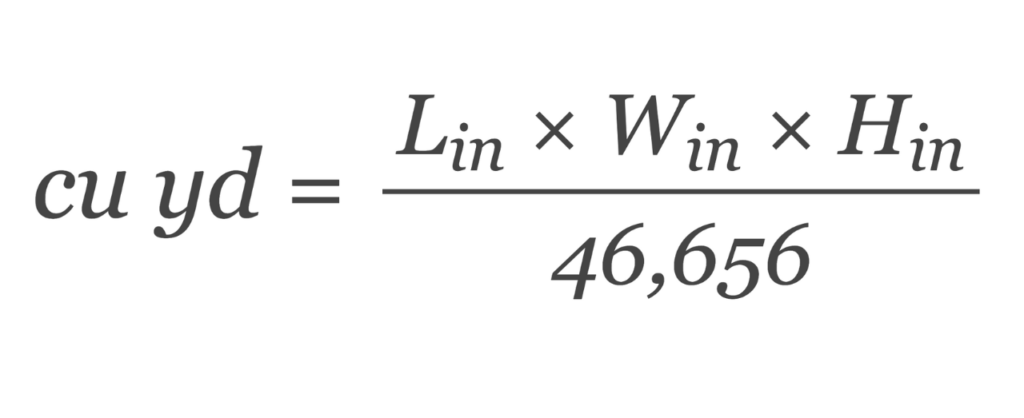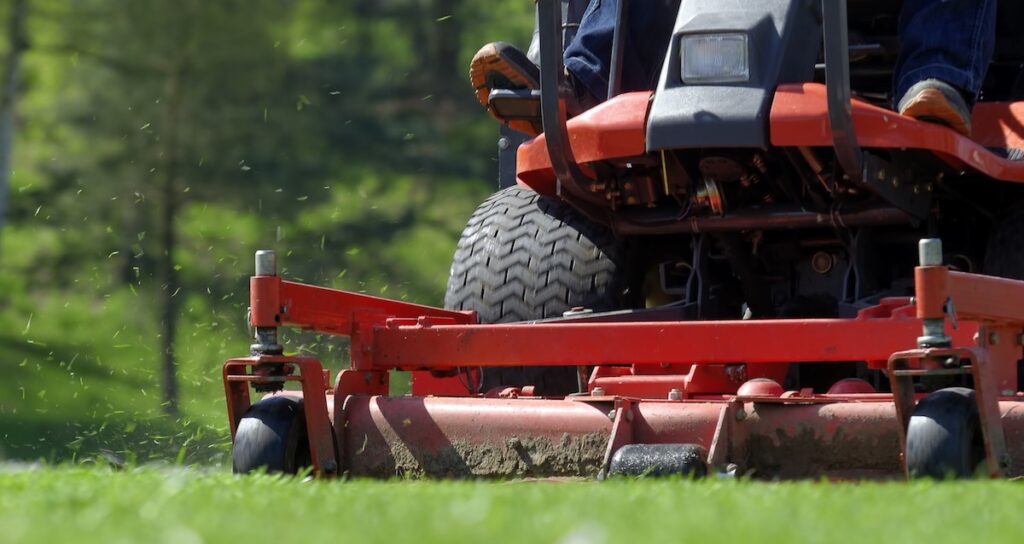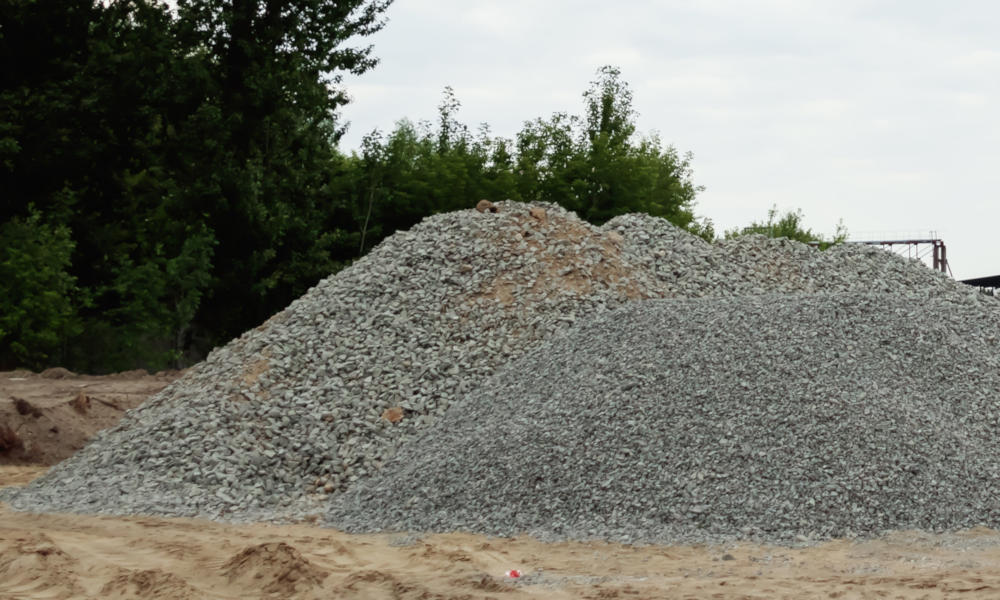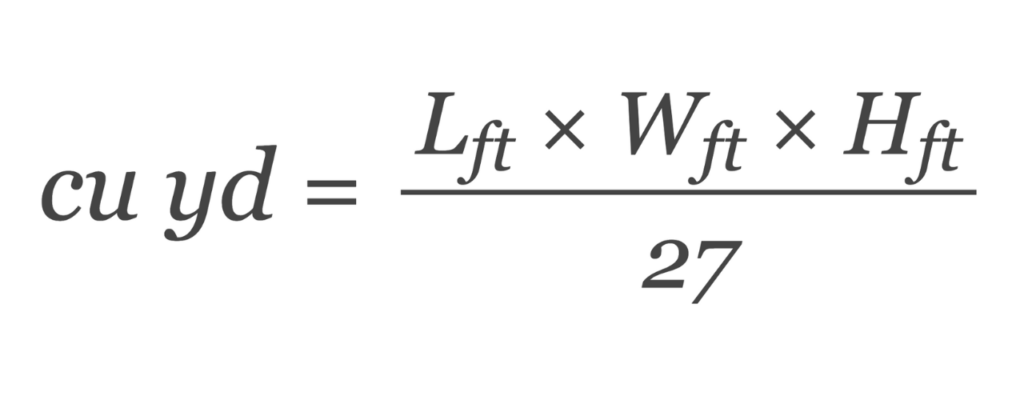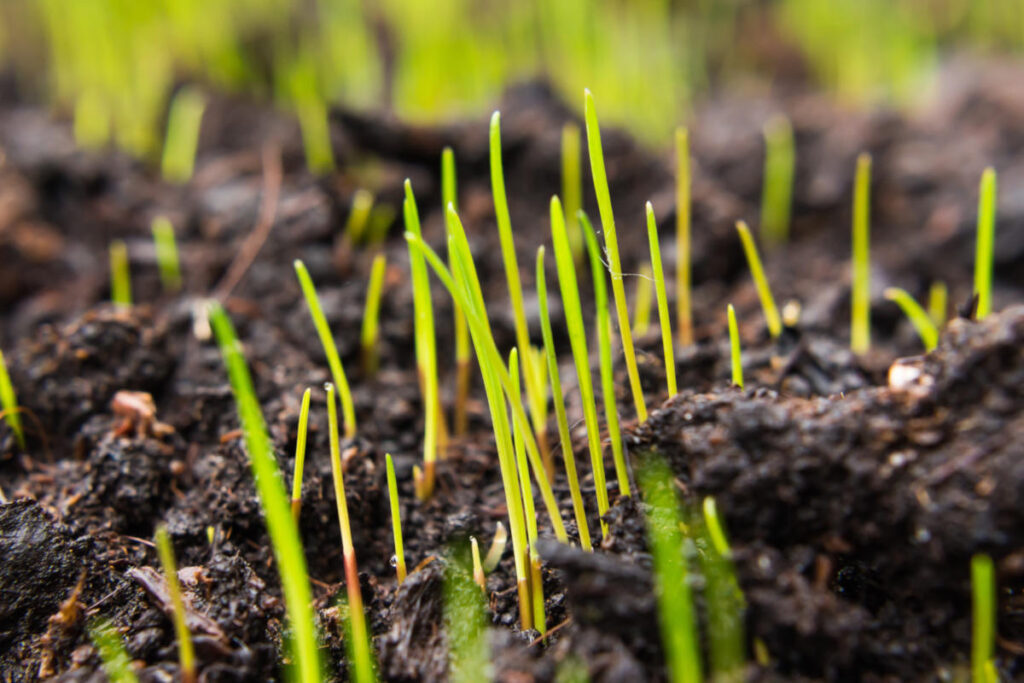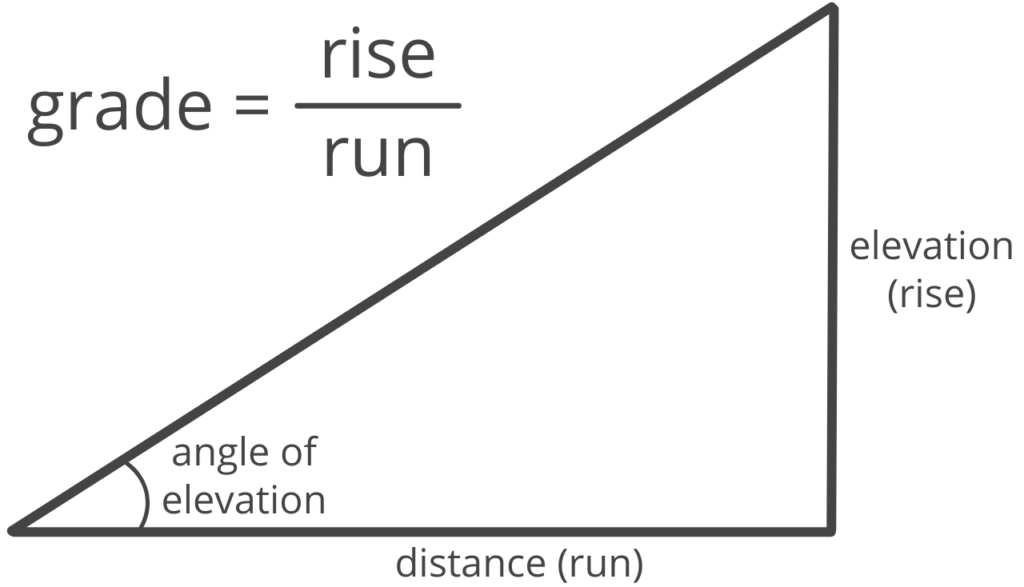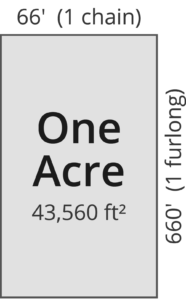Sand Calculator
Calculate how much sand you need by entering the dimensions and material type below.
-
By
FindPros

FindPros connects consumers with professionals in over 600 different categories.
-
Reviewed by
Jacky L.

FindPros connects consumers with professionals in over 600 different categories.
Results:
Total cost:
How to Calculate Sand
If you’re planning a landscaping project, you might be asking yourself, how much sand do I need? To calculate sand for a project, follow these easy steps.
Step One: Calculate Volume in Yards
The first step to calculating sand is to estimate the volume of material needed in cubic yards. Measure the length, width, and depth of the area you need to fill in the same unit of measurement.
This can be inches or feet; the depth of the sand will likely determine which measurement is easier for you to work with.
Then, multiply the length, width, and depth together to find the volume.
For example, if you are filling a playground area that is 120″ long, 140″ wide, and 10″ deep, then you will have a volume in cubic inches of 168,000 cubic inches.
If you are filling an area that is 10′ long, 15′ wide, and 1′ deep, you are filling an area that has 150 cubic feet.
Cubic Yards Formula Using Inches
There are 46,656 cubic inches in a cubic yard, so if you measured in inches, then divide the volume measurement by 46,656 to get cubic yards.
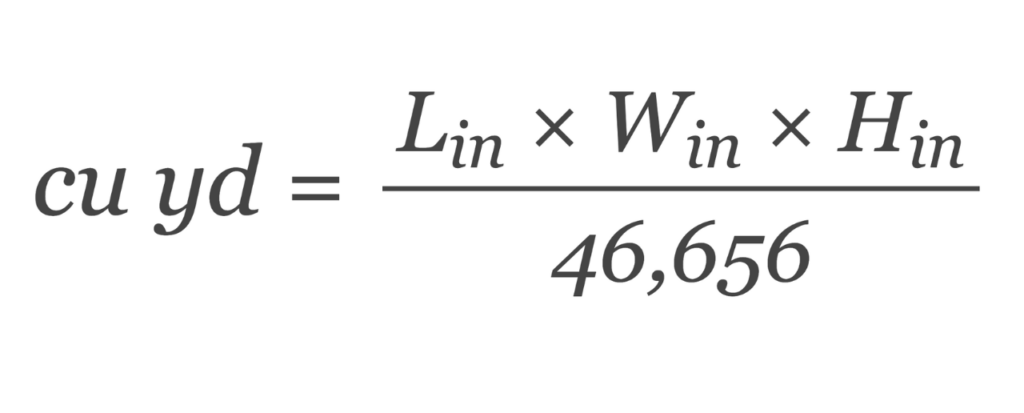
Cubic Yards Formula Using Feet
There are 27 cubic feet in a cubic yard, so if you measured in feet, then divide the volume measurement by 27 to get cubic yards.
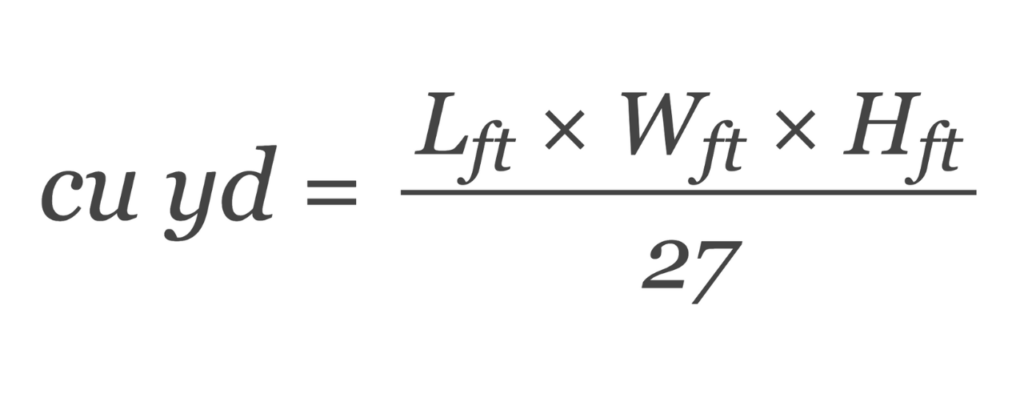
You can also just use our cubic yardage calculator to easily calculate this.
Step Two: Calculate Sand in Tons
Now that you know how much sand you need in cubic yards, you can find the weight in tons by multiplying that by the material density.
How Much Does a Yard of Sand Weigh?
The density of sand varies depending on the size of the grains and its moisture content, which affects the weight. Dry sand weighs 1.3 to 1.5 tons per cubic yard, while damp sand weighs 1.5 to 1.7 tons per cubic yard.
Having more earth, soil, or clay in the mix will increase the weight per yard as well.
Finer sand will also have a higher weight per yard, while coarser sand will have a lower weight per yard. The larger the grains of sand, the lighter your total volume will ultimately be.
Cubic Yards to Tons Formula
Using the volume in cubic yards and the weight of sand per yard, use the following formula to find how much you need:
Thus, the amount of sand needed in tons is equal to the volume in yards times the density.
Use our gravel, stone, and soil calculators to estimate other landscaping materials.
Sand and Landscaping Material Weight
Refer to the chart below for the weight of sand, gravel, and other landscaping material.
| Material | Weight per Cubic Yard | Weight per Cubic Meter | ||
|---|---|---|---|---|
| Pounds | Tons | Kilograms | Metric Tons | |
| Sand (dry) | 2,600 – 3,000 lbs | 1.3 – 1.5 tons | 1,540 – 1,780 kg | 1.54 – 1.78 tonnes |
| Sand (wet) | 3,000 – 3,400 lbs | 1.5 – 1.7 tons | 1,780 – 2,020 kg | 1.78 – 2.02 tonnes |
| Gravel (¼” – 2″) | 2,800 – 3,400 lbs | 1.4 – 1.7 tons | 1,660 – 2,020 kg | 1.66 – 2.02 tonnes |
| Topsoil (dry) | 2,000 – 2,600 lbs | 1 – 1.3 tons | 1,190 – 1,540 kg | 1.19 – 1.54 tonnes |
| Topsoil (wet) | 3,000 – 3,400 lbs | 1.5 – 1.7 tons | 1,780 – 2,020 kg | 1.78 – 2.02 tonnes |
Weight per cubic yard and cubic meter of sand, gravel, and soil
How to Account for Overage
Sand is a loose material that can shift, move, and migrate easily. The finer the sand, the more likely it is to move or migrate as well. This means that during the transport or moving of the sand from the truck to the final site, you may experience some material loss.
In addition, the sand may settle slightly over time, and depending on the area being filled, there can sometimes be unseen voids that will absorb added material.
To account for these issues, it is recommended that you increase the amount of material you need by 10% to make sure you have enough for your project. If your project calls for 10 tons of sand, it is best to order 11 tons to account for these potential losses.
Frequently Asked Questions
Sand classifications can be done by size or origin, with sand being classified by size as fine (0.075 to 0.425 mm), medium (0.425 to 2 mm), and coarse (2.0 to 4.75 mm). If classified by origin, sand is classified as pit, river, sea, and manufactured.
Yes, the finer the grain of sand you purchase, the heavier the material will be by volume.
You can purchase it by either, but this will depend on the supplier. In most instances, bulk orders will be by the ton and small amounts by the yard.
Sand has a lot of uses, including creating a base for a playground area, filling the spaces between patio pavers or bricks, adding weight to objects, or filtering water and assisting with drainage. Sand can also be added to other materials, including concrete, grout, and paint to add texture and durability.
